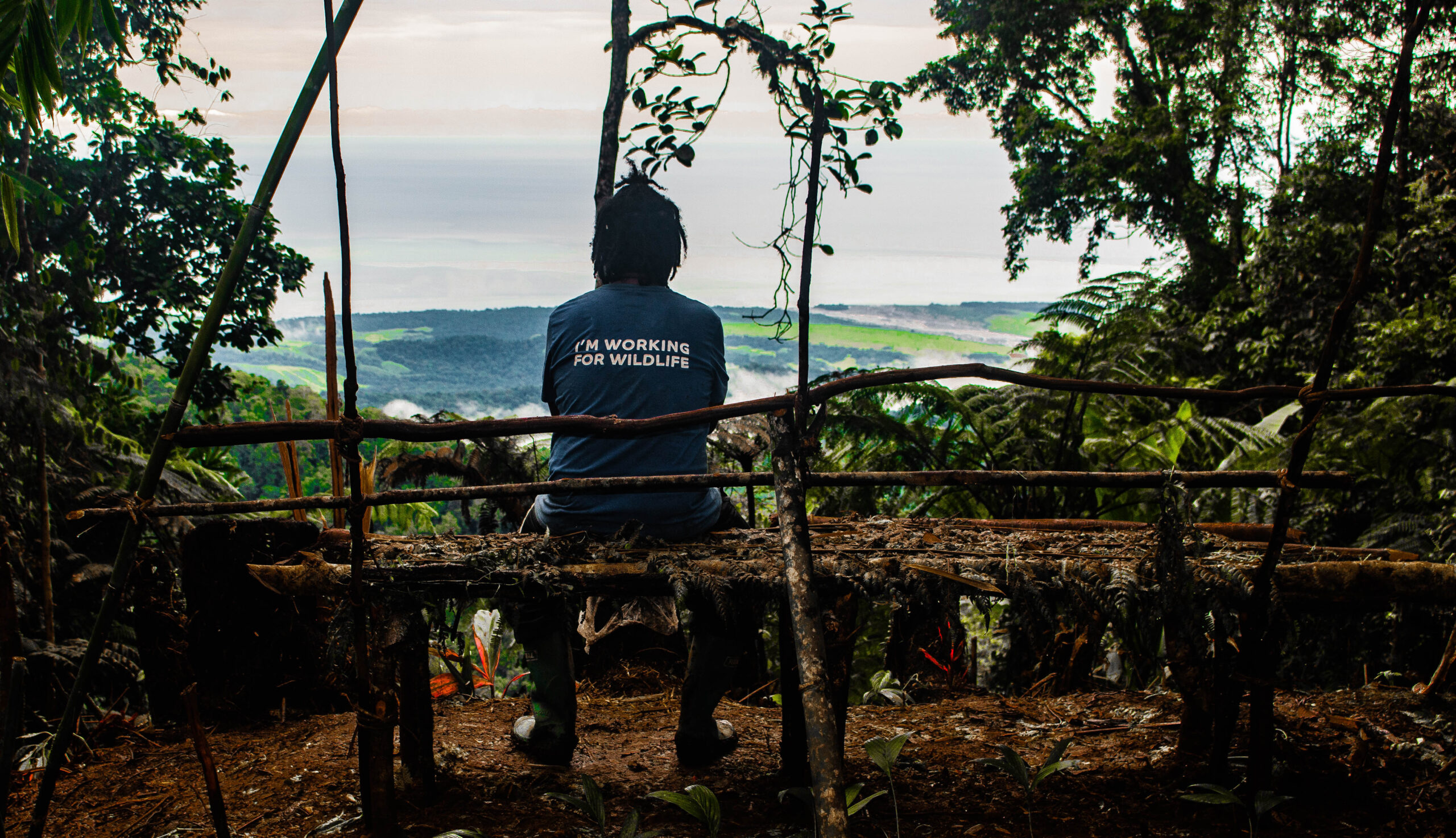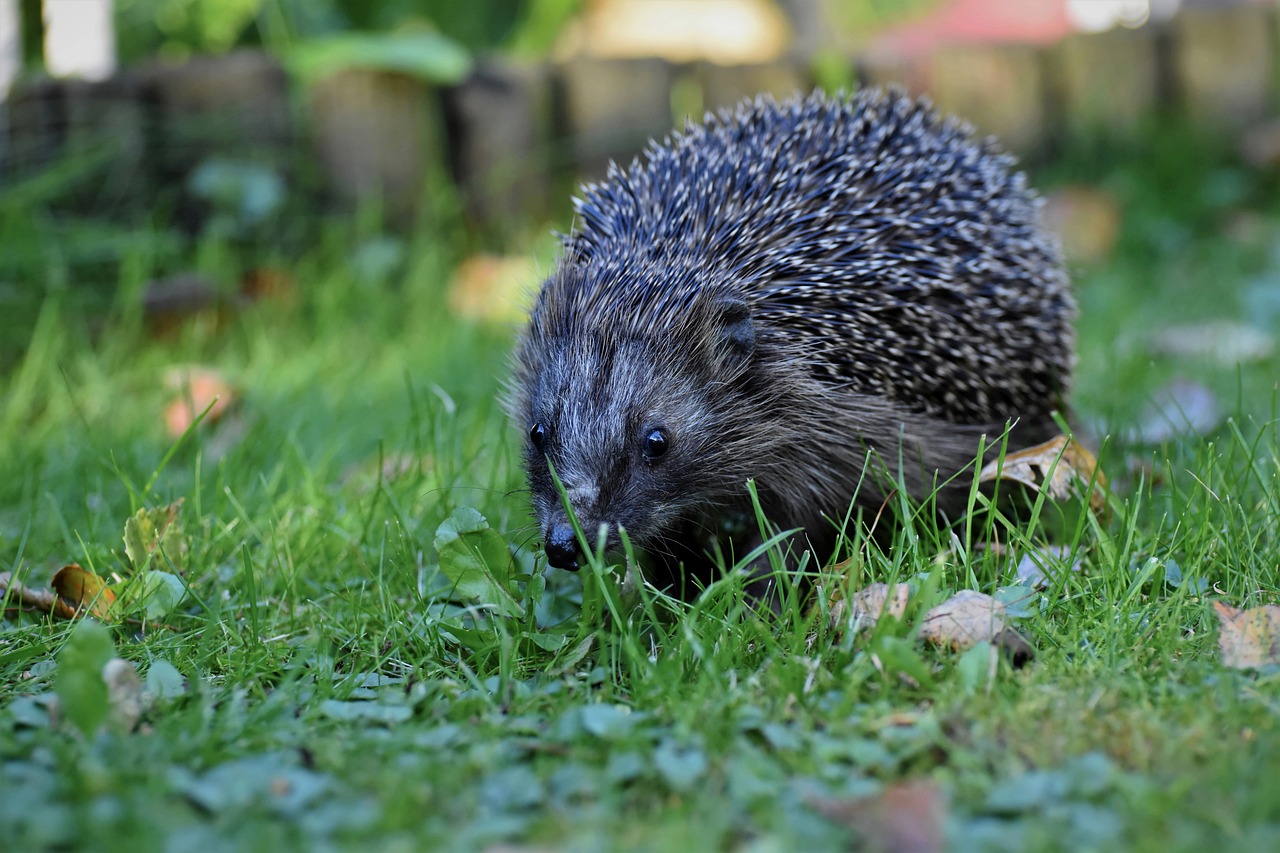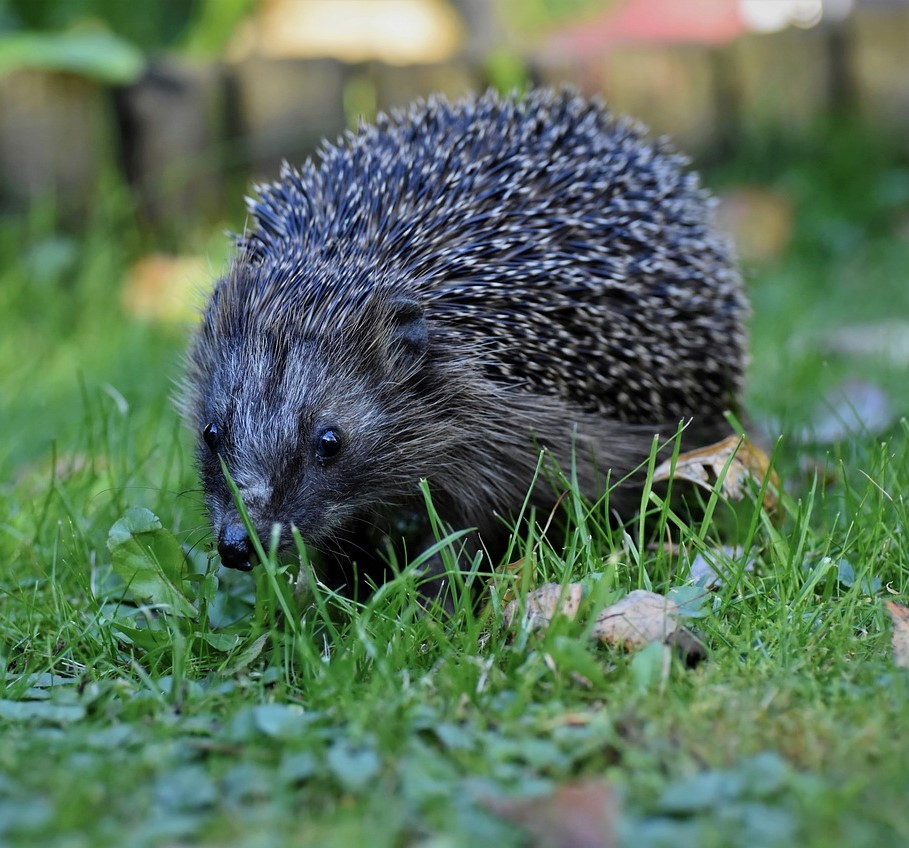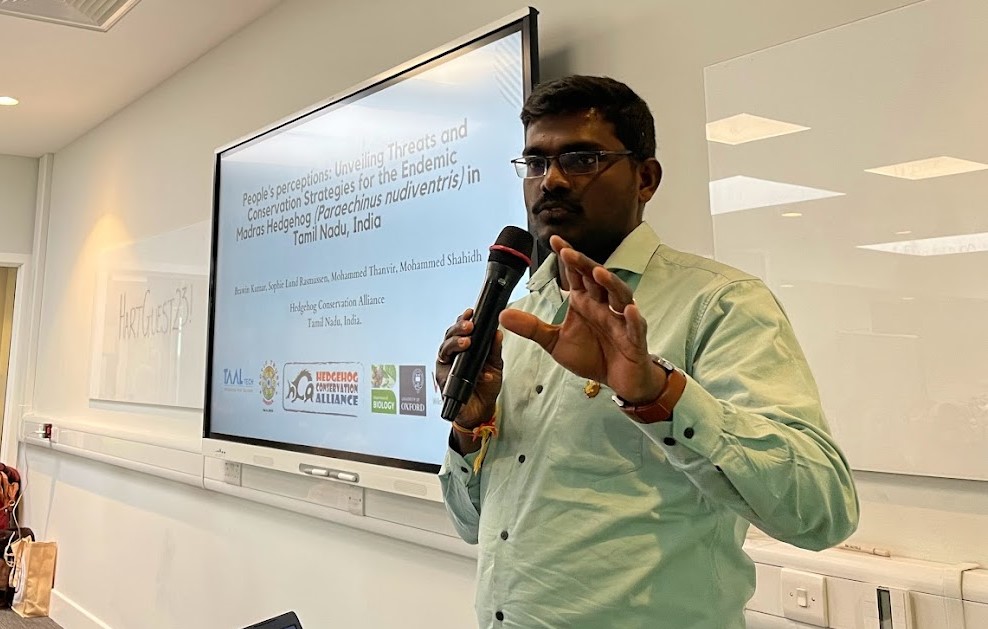
The New Guinea region is known for being one of the most species-rich places in the world. Located north of Australia and south-east of Asia, New Guinea’s topographical complexity and geographic isolation has given rise to a huge diversity of life, much of it endemic.
The island is home to at least 40 small mammal species found nowhere else on earth. However, small mammals in this region are not extensively monitored and we know little about their ranges, population statuses and threats.
The expeditions
Daniel Solomon Okena, who has recently joined the SMSG, is a Papua New Guinean researcher affiliated with the University of South Bohemia (Czech Republic). Daniel’s PhD project aims to improve knowledge of the island’s mammal life by surveying non-volant mammal communities along an elevational gradient in Huon Peninsula, north-eastern Papua New Guinea.
Daniel has already sampled a range of sites up to an incredible 3,700 m in elevation. Working in a range of habitats including dense lowland forest, montane cloud forest and alpine grasslands, Daniel and his team use survey methods such as Elliott and pitfall trapping, as well as interviews with local hunters. Sometimes, hunters are willing to share skulls and other objects with the team which help to build an understanding of where certain species are found.
Although conducting research in these remote mountain sites comes with the obvious challenges of accessing steep and dangerous bush tracks, Daniel is undeterred. He says:
“Just being out there in the field camp is so amazing. You get to enjoy nature. But when you start to see mammals up close from traps and hunters, the adrenaline reaches another level.”
 The findings
The findings
So far, the study has documented a range of rodents, marsupials and a monotreme (possibly the first Eastern Long-beaked Echidna Zaglossus bartoni ever recorded via pitfall trapping). Daniel’s rodent results include a number of endemic species such as Shaw Mayer’s Shrew Mouse Pseudohydromys ellermani (Least Concern), the Greater Small-toothed Rat Macruromys major (Least Concern) and Southern Groove-toothed Moss Mouse Microhydromys argenteus (Data Deficient). Gathering new records of Data Deficient rodents such as the latter will be particularly useful when updating their Red List assessments, giving us a better idea of the distributional spread and potential conservation statuses of little-studied taxa.
The next stage of the PhD focuses on increased pitfall trapping to detect species that other methods might fail to find. In addition, Daniel continues to work on identifying any specimens collected. This includes specimens that might look quite similar but are completely different taxa – a common issue when it comes to certain rodent groups! Daniel will make use of genetic sequencing to tackle this. We look forward to hearing more about what these analyses reveal.
Daniel Solomon Okena’s PhD is supported by the Biology Center of the Czech Academy of Science (in collaboration with the New Guinea Binatang Center), the University of South Bohemia and Charles University (in collaboration with the Institute of Vertebrate Biology of the Czech Academy Science).
Author: Abi Gazzard (SMSG Programme Officer)









Recent Comments